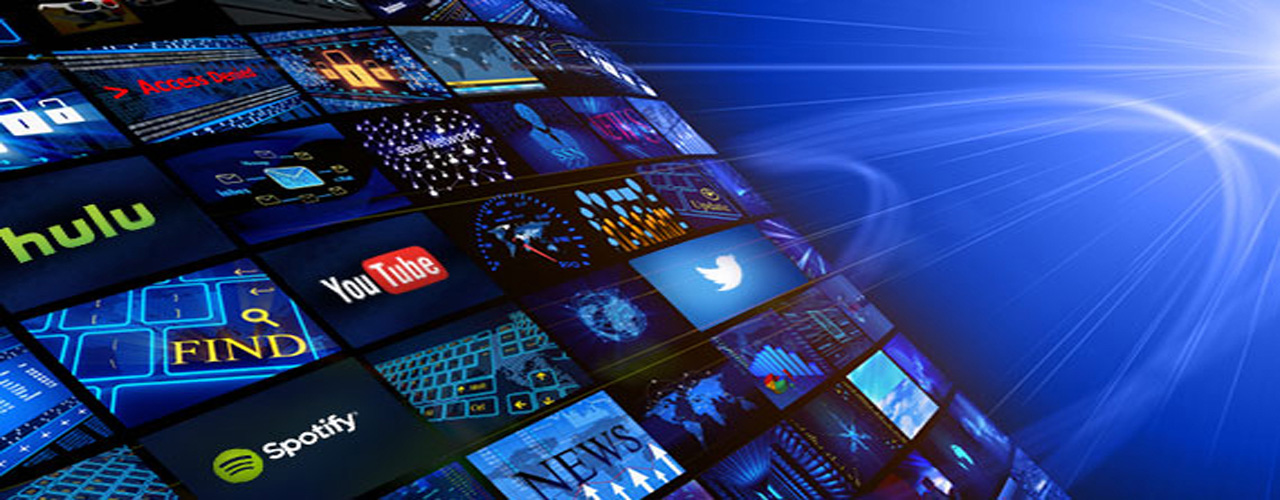The Changing Media Landscape
The new media paradigm and its effect on hospital marketing
In response to changing consumer habits and advances in digital media, healthcare organizations are starting to pull away from paid media, and increase their efforts in owned and earned media. In this newsletter, we will cover media consumption among the four generations, opportunities to target key audiences with new media channels, how to leverage owned and earned media, and how to reallocate media budgets to reflect these marketing trends.
Media Consumption Among The Four Generations
Over the last ten years, the ways that Americans get their news has changed drastically due to new technologies and lifestyle changes. According to a study conducted by Pew Research Center in 2012, television, radio, and newspaper news consumption has been on a steady decline since 1991, whereas online and digital news consumption has increased rapidly since 2006. These trends can in part be attributed to generational differences. Below is a look at news media consumption habits for each generation.
The Greatest Generation: Also known as the Silent Generation, the news media consumption of this group has remained steady from 2002 through 2012. Their first choice for news consumption is television, followed by newspapers, radio, and lastly, internet.
Baby Boomers: The number one news source for Baby Boomers, like the Greatest Generation, is television. It has remained in the number one spot over the course of the study by nearly 30 percent. Over time, both newspaper and radio news consumption have steadily declined, and internet news consumption has steadily increased, coming within one percent of radio and newspaper in 2012.
Generation X: Following the trend of the Greatest Generation and Baby Boomers, television is also the number one news source for Gen X. However, what’s different about Gen X is that the internet has gone from the least popular news source in 2004, to coming within three percent of television in 2012. Radio has declined slightly over time, falling from 45% to 38%, and newspaper has all but fallen off the map in last place.
Millennials: Not surprisingly, the Internet starts off in the number two spot for Millennials in 2004, and surpasses television to become the number one news source in 2012. Radio has increased slightly over the period of the study, and newspapers have continued to decrease, holding the fourth place spot all ten years.
While none of the findings are uncharacteristic of the different generations, it shows an overarching trend that extends further than this study. It also shows how the Internet is gaining more and more momentum with each younger demographic. Patients are changing the way that they consume information, and healthcare marketers need to adjust accordingly.
Download the white paper, The New Media Paradigm, here.

